Nikon AF-S NIKKOR 70-200mm f/2.8E FL ED VR Lens
- F-Mount Lens/FX Format
- Aperture Range: f/2.8 to f/22
- Six Extra-Low Dispersion Elements
- Fluorite and HRI Elements
- Nano Crystal & Super Integrated Coatings
- Silent Wave Motor AF System
- Vibration Reduction with Sport Mode
- Electromagnetic Diaphragm Mechanism
- Detachable, Rotatable Tripod Collar
- Rounded 9-Blade Diaphragm
₨706,000
Nikon AF-S NIKKOR 70-200mm f/2.8E FL ED VR Lens
A dream lens.
- VIEW SAMPLE PHOTOS(VIEW IN A LIGHTBOX)
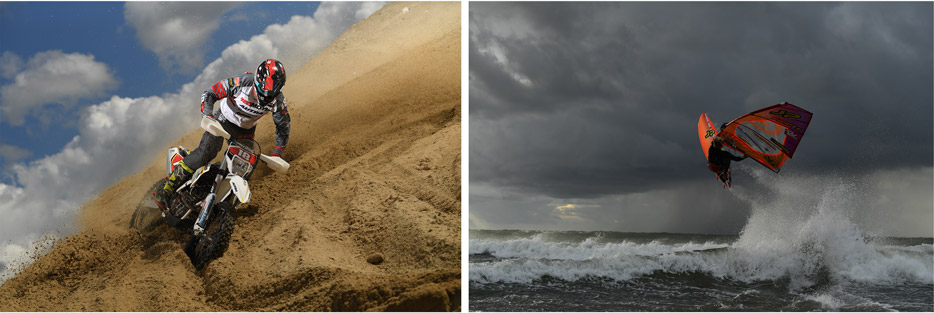
Images that astound
Cutting-edge optics for maximum definition
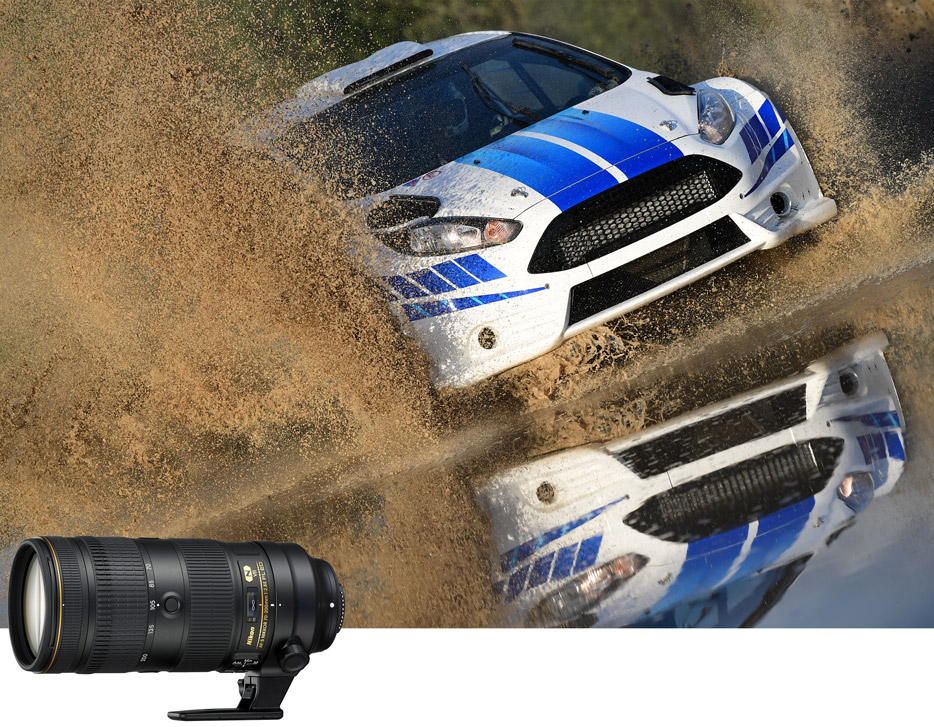
Enhanced handling
Innovative controls and design for working pros
The AF-S NIKKOR 70-200mm f/2.8E FL ED VR has four focus function buttons right on the lens barrel, perfect for engaging autofocus or AF Lock*. The zoom and focus rings have reversed positions for more comfortable, stable zooming. Its magnesium alloy barrel, High Refractive Index (HRI) lens element and lightweight Fluorite (Fl) element located near the front of the optical group keep the lens evenly balanced. The tripod collar ring spins on ball bearings for smooth transitions between horizontal and vertical shooting.
*With compatible camera models

Brilliant in low light
Constant f/2.8 maximum aperture
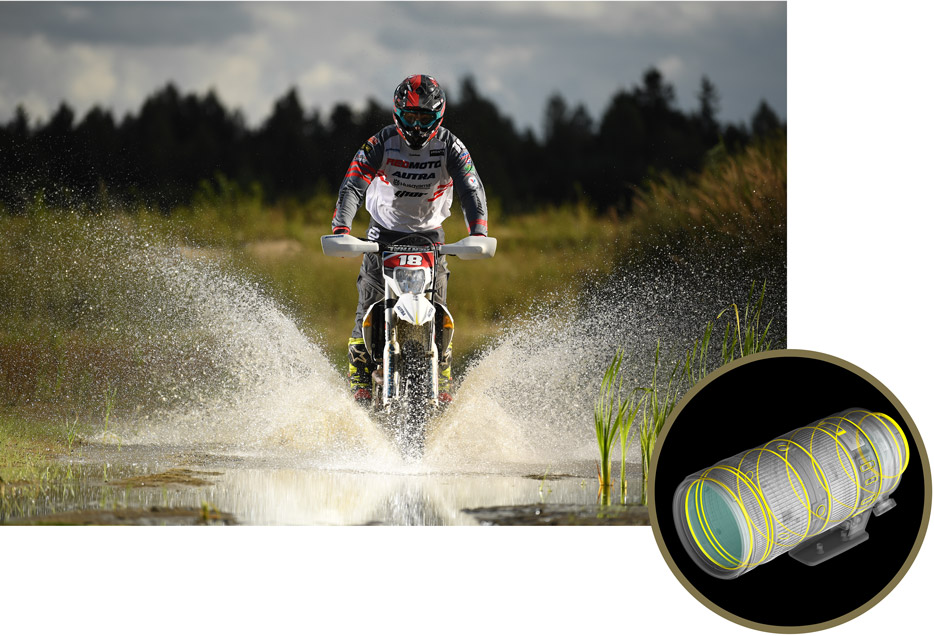
Built for the field
Even more weather-sealed and rugged design
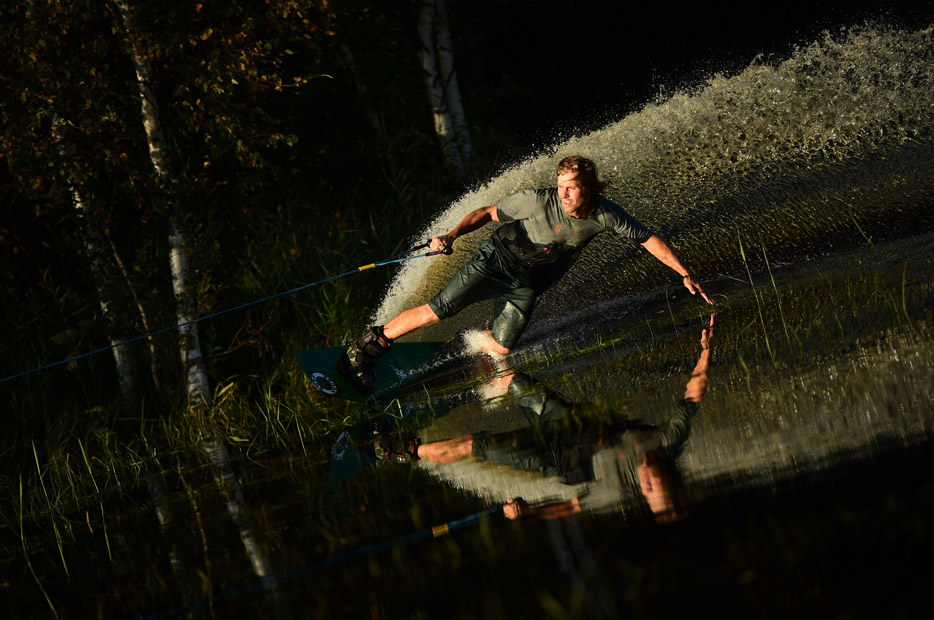
Sharp shooter
Up to ~4.0 stops of image stabilization
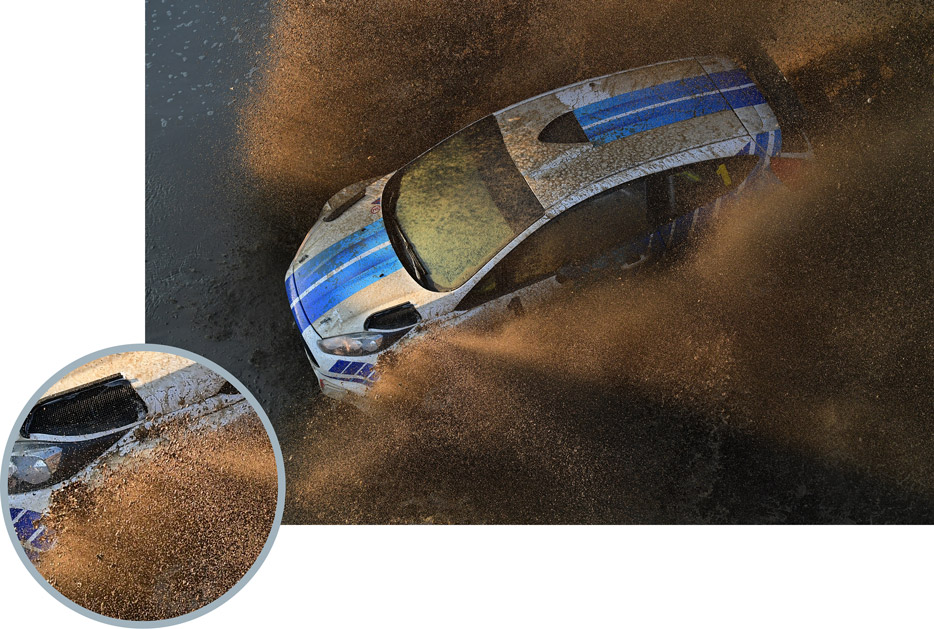
Flawless focus
Blazing fast, consistent acquisition
Technology
-
A-M
A-M stands for Auto-Manual Mode. Thanks to a mechanism incorporated in the lens barrel, smooth focusing operation in Manual focus mode is realized in the same way as users have become accustomed to with conventional manual-focus lenses by adding an appropriate torque to the focus ring. -
ED (Extra-Low Dispersion) Glass
An optical glass developed by Nikon that is used with normal optical glass in telephoto lenses to obtain optimum correction of chromatic aberrations. -
Electromagnetic Diaphragm Mechanism
An electromagnetic diaphragm mechanism in the lens barrel provides highly accurate electronic diaphragm or aperture blade control when using auto exposure during continuous shooting. With conventional D/G type lenses, the diaphragm blades are operated by mechanical linkage levers. -
Fluorite Lens Element
Fluorite (FL), a lightweight mono-crystal optical material, has excellent optical properties while reducing overall lens weight to improve balance and handling, especially useful in longer focal length lenses. -
Fluorine Coat
Photographers need gear that can withstand the elements. Nikon’s fluorine coat effectively repels dust, water droplets, grease or dirt, ensuring easy removal even when they adhere to the lens surface. Nikon’s fluorine coat endures a high frequency of lens surface wiping and its anti-reflective effect also contributes to the capture of clear images. -
HRI
HRI stands for High Refractive Index Lens. With a refractive index of more than 2.0, one HRI lens can offer effects equivalent to those obtained with several normal glass elements and can compensate for both field curvature and spherical aberrations. Therefore, HRI lenses achieve great optical performance in an even more compact body. -
IF Lens
A NIKKOR lens in which only the internal lens group shifts during focusing. Thus, IF NIKKORS do not change in size during AF operation, allowing for compact, lightweight lenses capable of closer focusing distances. These lenses will be designated with the abbreviation IF on the lens barrel. -
M/A
Select NIKKOR lenses have a focusing mode which allows switching from automatic to manual focusing with virtually no lag time by simply turning the focusing ring on the lens. This makes it possible to seamlessly switch to fine manual focusing while looking through the viewfinder. -
Nano Crystal Coat
An anti-reflective coating developed by Nikon that virtually eliminates internal lens element reflections across a wide range of wavelengths. Nano Crystal Coat uses ultrafine, nano-sized* crystal particles to eliminate reflections inside the lens throughout the spectrum of visible light waves (380 to 780 nm) in ways that far exceed the limits of conventional antireflection coating systems. Nano Crystal Coat not only solves ghost effects caused by red light, which was incredibly difficult for previous systems. It also effectively reduces ghost and flare effects caused by light entering the lens diagonally. The result: clearer images. -
Silent Wave Motor
AF-S NIKKOR lenses feature Nikon’s Silent Wave Motor (SWM). This technology converts “traveling waves” into rotational energy to focus the optics. This enables high-speed autofocusing that’s extremely accurate and super quiet. -
Super Integrated Coating
Nikon Super Integrated Coating is Nikon’s term for its multilayer coating of the optical elements in NIKKOR lenses. -
Vibration Reduction
A Nikon in-lens technology that improves image stability by automatically compensating for camera shake. Lenses that offer VR will feature the abbreviation VR on the lens barrel.
The lens incorporates an electromagnetic diaphragm mechanism. The following cameras are compatible with this lens:
D5, D4 series, D3 series, Df, D850, D810, D810A, D800 series, D750, D700, D610, D600, D500, D300 series, D7500, D7200, D7100, D7000, D5600, D5500, D5300, D5200, D5100, D5000, D3400, D3300, D3200, D3100, Nikon 1 J1, J2, J3, J4, J5 with FT-1, Nikon 1 V1, V2, V3 with FT-1, Nikon 1 S1, S2 with FT-1
LCD, Video and Photo Gallery images are for illustrative purposes only.
| brands | Nikon |
|---|
Based on 0 reviews
Only logged in customers who have purchased this product may leave a review.















There are no reviews yet.